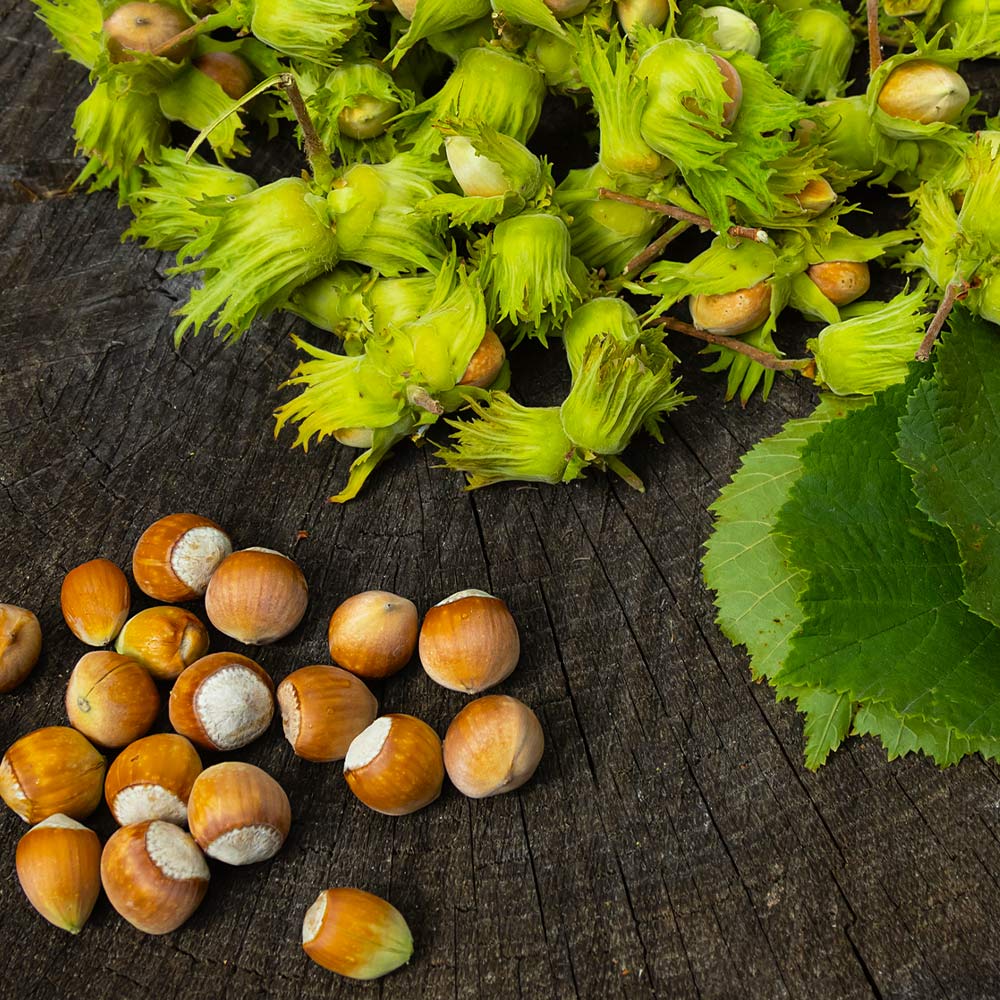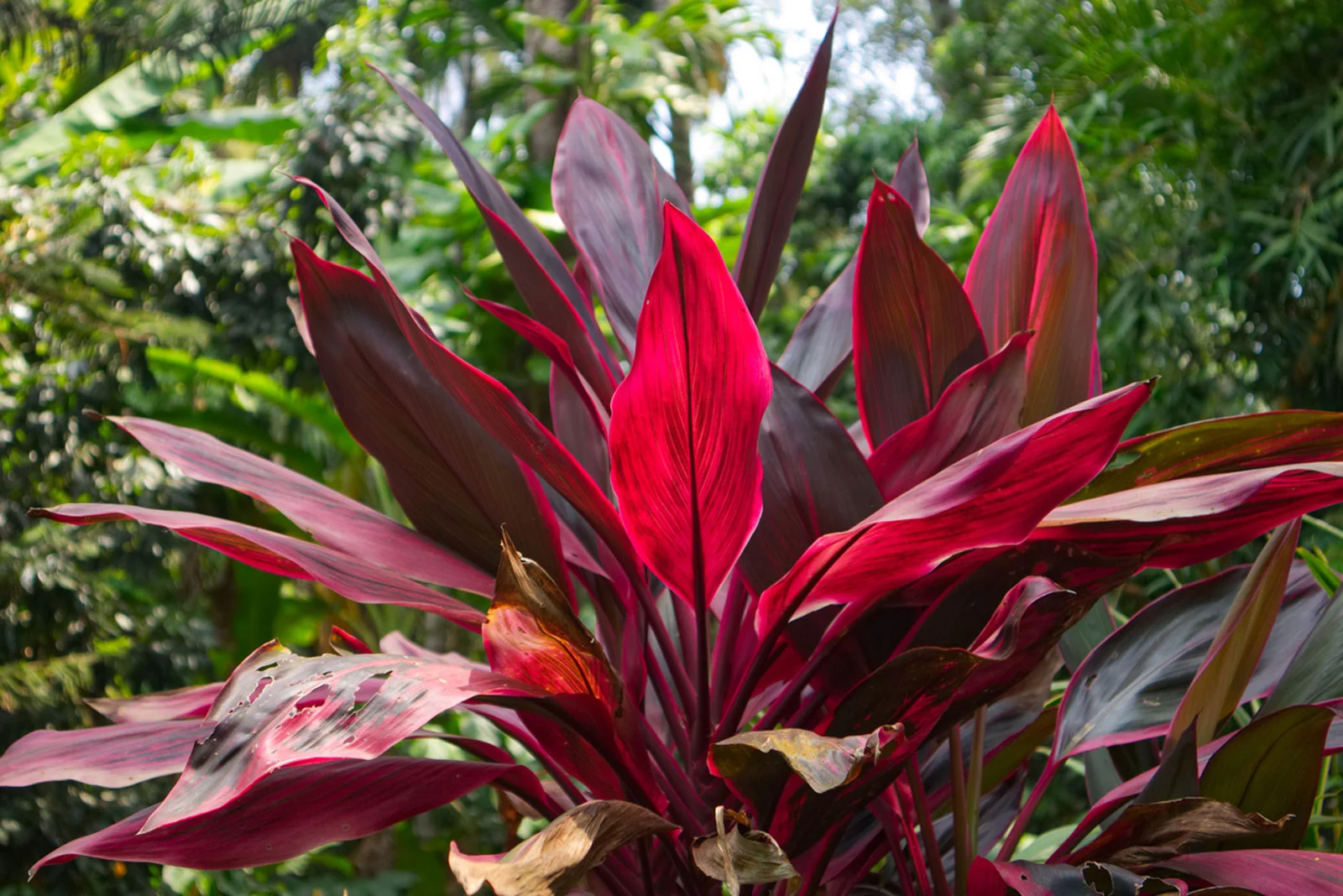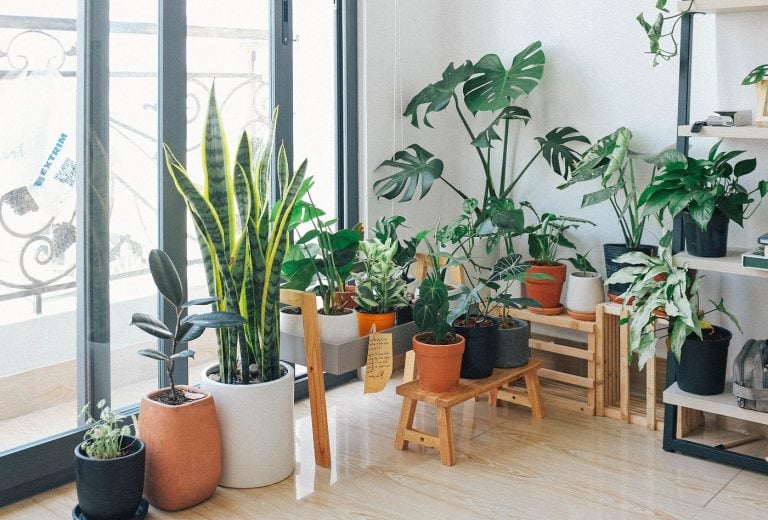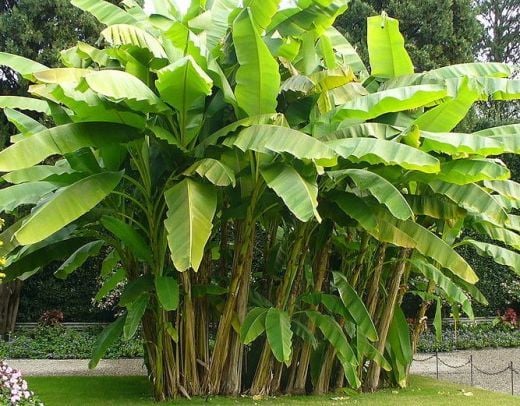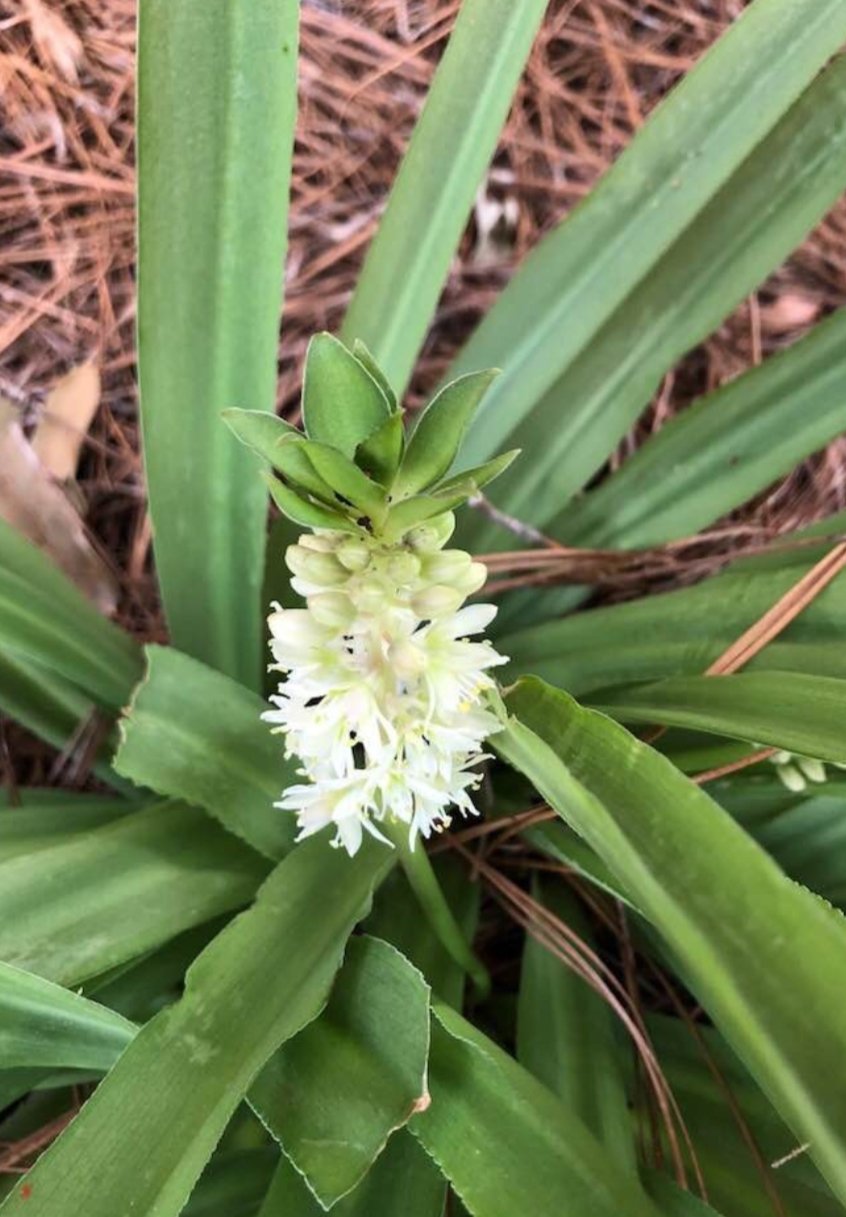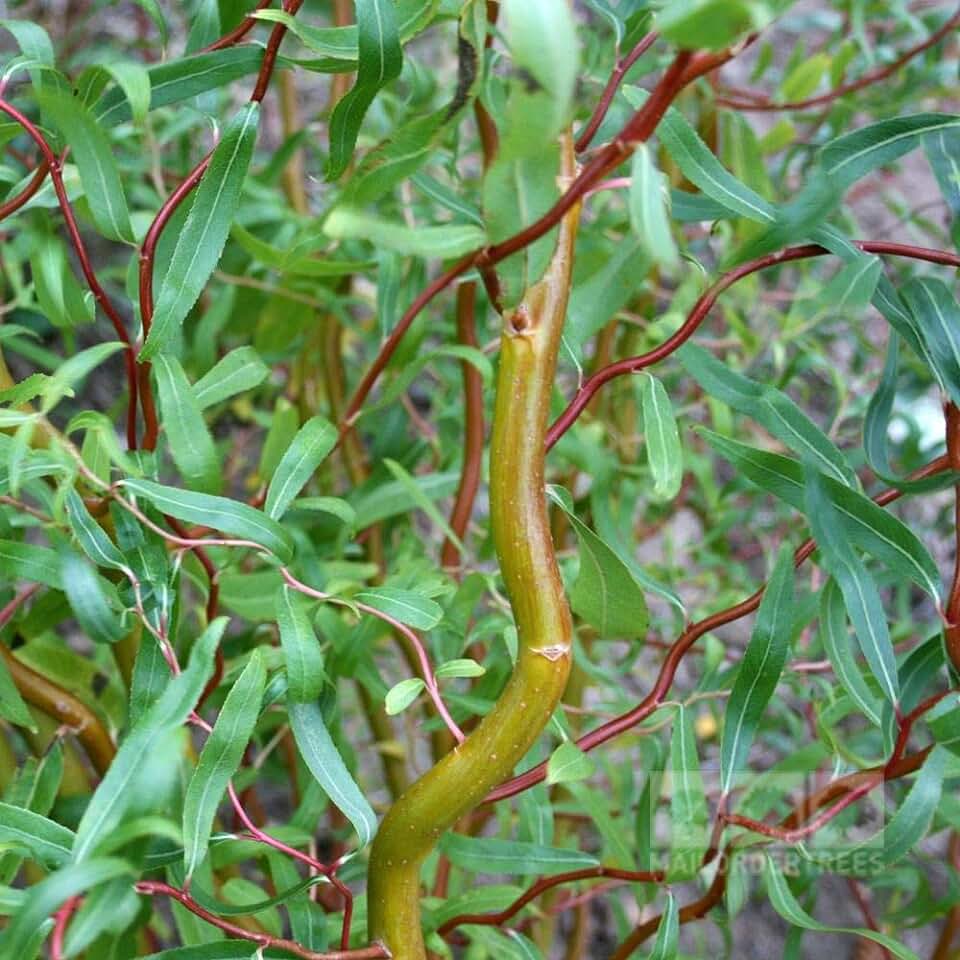How Long Do Salvias Last For?
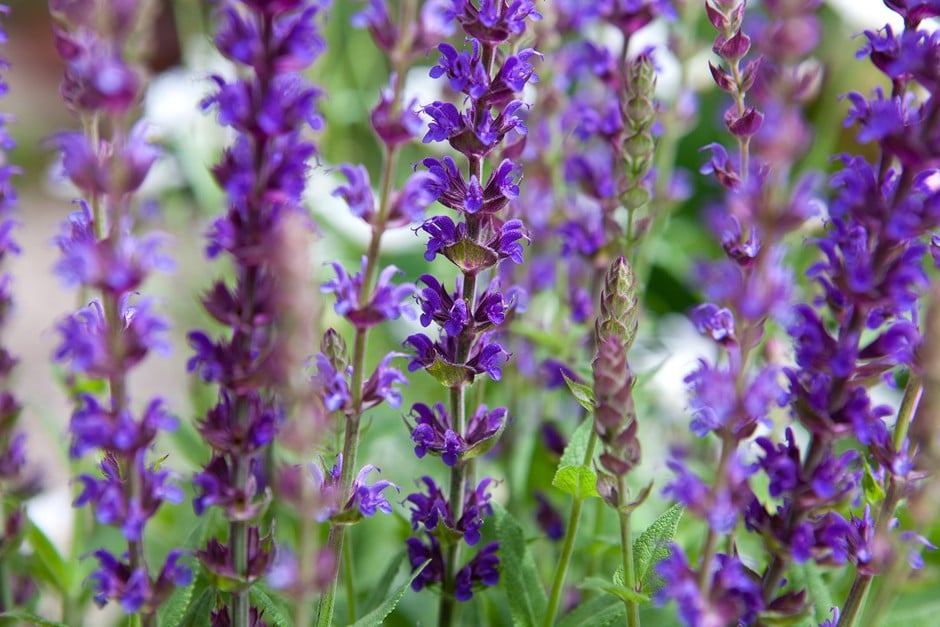
Table of Contents
Salvias, also known as sage, are beautiful flowering plants. Belonging to the family of mint, Salvias’ biological name is Salvia spp. They attract butterflies, bees, and even hummingbirds. They are deer-resistant, drought-tolerant, and heat-loving, so they particularly bloom from summer through fall till spring.
Salvias produce vibrant spikes of flowers huddled together in groups. They are characterized by velvety leaves, square stems, and tubular blossoms that are available in a broad range of attractive colors like pastel pink, purple, white, magenta, scarlet, and electric blue. The leaves have a distinct, pungent odor that repels most garden pests.
Wow, they do sound amazing to be planted in the garden, but are we sure that there are no problems with salvias? So, let’s explore what are its types, what are the ideal conditions to make them thrive long, and what problems you can expect with salvia plantation.
Different Types of Salvias
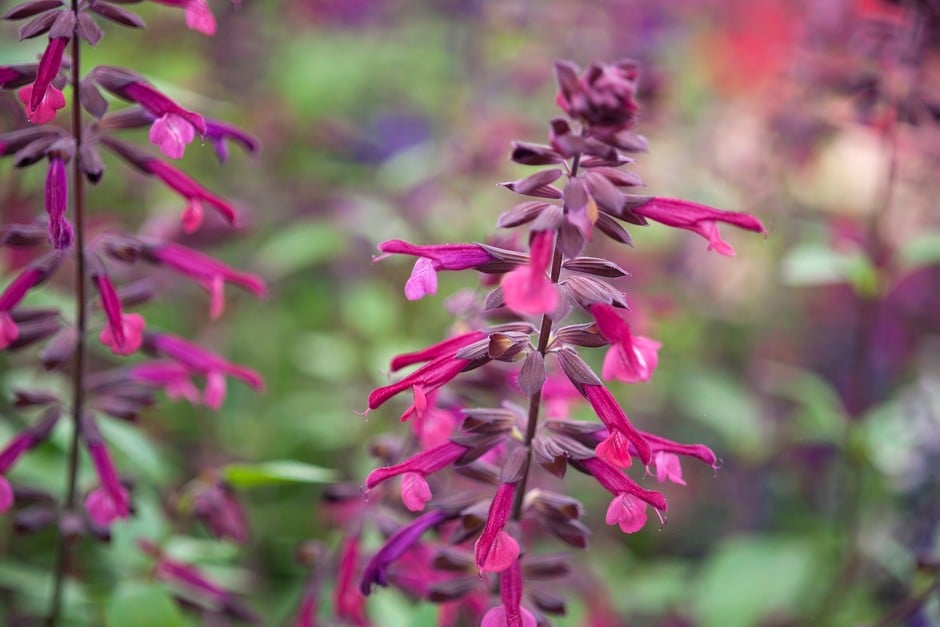
Salvias matches up with most kinds of gardening schemes, like the exotic planting scheme. They even look great as part of the herbaceous border and even coastal gardens. You could even plant them in pots. They will usually be in the height range of 18 inches to 5 feet. Depending on their size and appearance, you will find four distinct types of salvias:
- Annual salvias – Also known as bedding sage, these will form a vibrant bed of flowers all over the summer but wither off by the end of the summer season.
- Herbaceous perennial salvias – Existing in the form of herbs, these come back every year, and they are quite hardy.
- Tender perennial salvias – These grow every year but are not hardy like the shrubby species.
- Shrubby salvias – The shrubby salvias have woody stems and are most tolerant to winter. Though they do well in mild winters, they, too, need protection from extreme winters.
Ideal Conditions to Make Salvias Grow
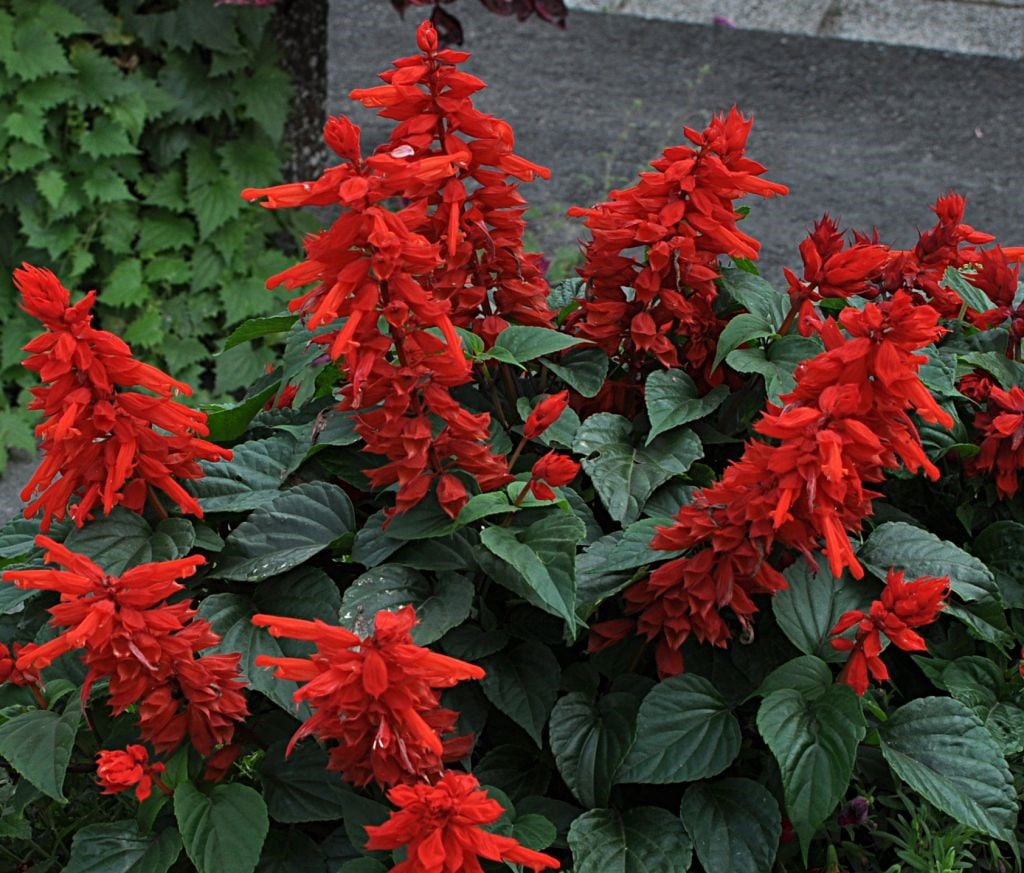
Most salvias love 6-8 hours of sunlight per day. However, some will even thrive in partial shade. The ideal soil condition for salvias is well-drained soil. Salvia cuttings can be taken in April, August, and September. The best time to sow salvia is probably in spring.
Dig the soil up to 12 inches and mix a 3-inch layer of compost. If you are planting in a container, remember to include some grit with the compos as it would help with feeding during spring.
Place the plant in the hole where the root is within the soil surface. Refill the soil carefully in the hole and water it. Add a layer of mulch around the plant to keep the soil firm and to control moisture and weeds.
If you are growing salvias in the pots, make sure to water them regularly. Remember to deadhead spent flowers periodically to encourage the constant blooming of flowers. Also, feel free to prune the woody stems once in a while. Every spring, add a fresh layer of compost and mulch.
Problems with Growing Salvias and How to Avoid Them
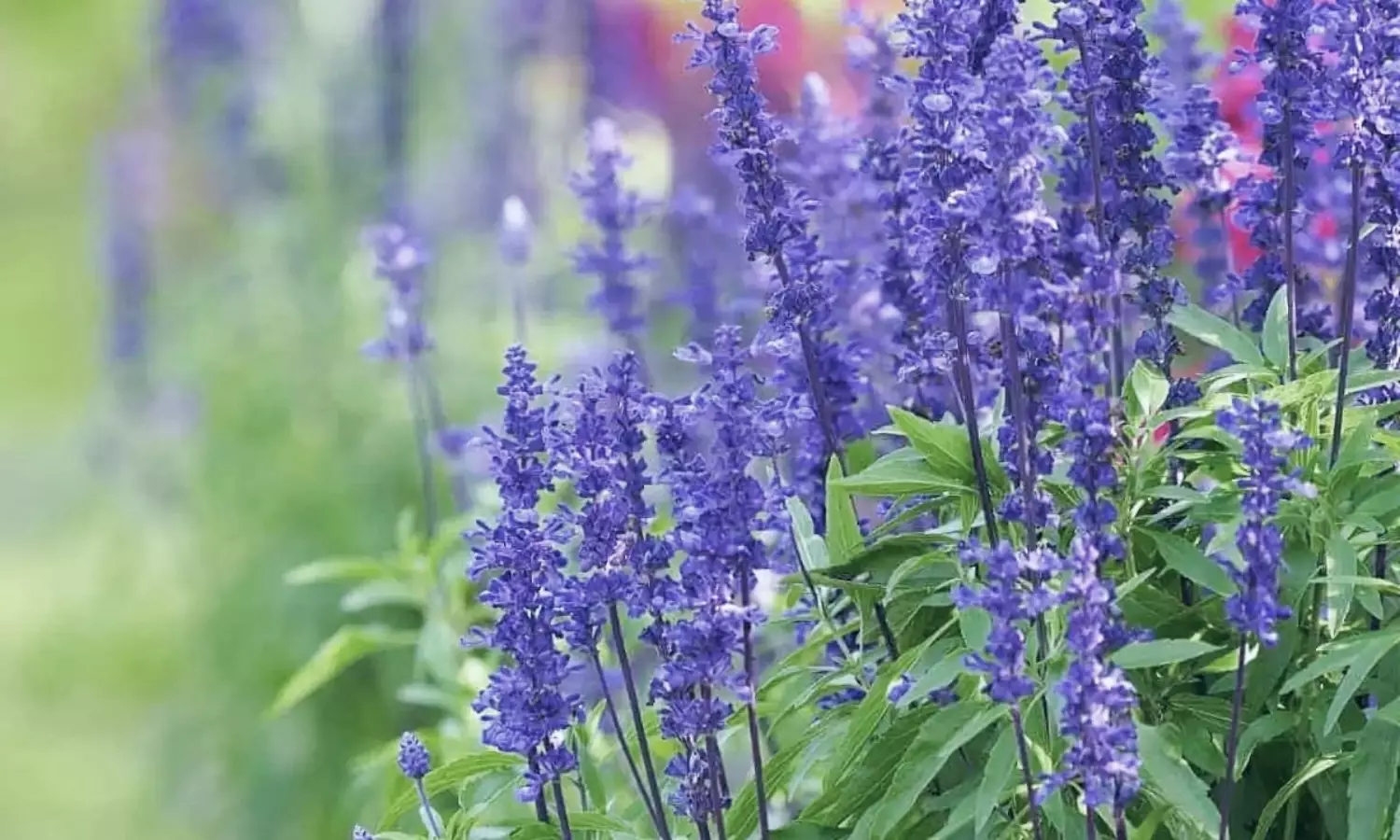
The chiefest problems that occur with growing salvias are the damping-off of seedlings and the rotting of stems and roots in wet weather conditions. Other than this, the list of other problems includes powdery mildew, Botrytis blight, spider mites, whiteflies, and aphids.
So, to avoid the rotting problem, ensure that your soil is well drained. For pest control, you could also use relevant pesticides. Inspect the leaves regularly, too. If some plants are frost-bitten during the winter, wait till the next summer to see if they are regrowing from the base. However, if they fail to regrow, then they are probably dead and can be removed, and new plants can be replanted.
How Long Do Salvias Last in Different Zones?
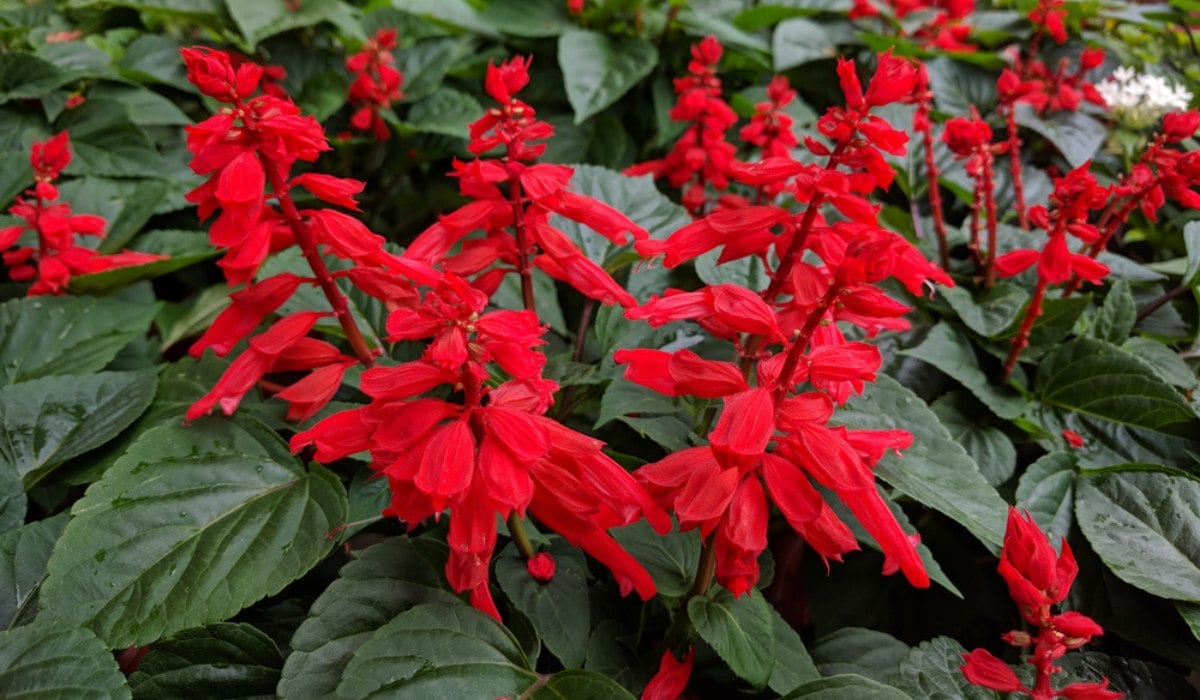
Salvias prefer specific hardiness zones for thriving, and they are zones 5, 6, 7, 8, 9, 10. Now, we can look at the different species that thrive in the four seasons.
1. Fall Blooming Salvias
Salvia Mexicana, aka Limelight and Queretaro, blooms from September to January. Other species of sage that bloom during fall are Pineapple Sage, Smokin Lavender, Hot Lips, Elk Blue Moon, Mirage Deep Purple, and Guatemalan Blue Vine Sage.
2. Winter Blooming Salvias
While most salvias remain dormant during the winter season, only some bloom in areas where there are mild winters. These include the following species – Lavender Lace, Hummingbird Sage, and Pineapple Sage.
3. Summer and Spring Blooming Salvias
Most salvia plants bloom in spring and summer. The major species that thrive in summer are Salvia officinalis, also known as Purpurascens. Besides this, the other species that bloom in summers and springs are Berggarten Sage, Mystic Spires, Silver Sage, Canary Island Sage, Amante and Amistad, White Sage, and Winifred Gilman.
Concluding Thoughts
Did you know that the Greeks and Romans used the culinary herb Salvia officinalis in their diet because of its herbal and medicinal properties? Salvia is also known for its memory-stimulating properties. It can also be used to clean teeth. The word ‘Salvia’ comes from the Latin word ‘salvere’, meaning to heal.
Salvia is also an ornamental plant for our garden and matches up with most gardening styles. The four best seasons when sages bloom are fall, winter, spring, and summer. Some are perennial plants, while some are annual plants.
When buying salvia, inspect the leaves for any signs of damage or pests. While planting your sage, choose a good frost-free spot outdoors where the soil is well-drained and the place receives direct sunlight.

